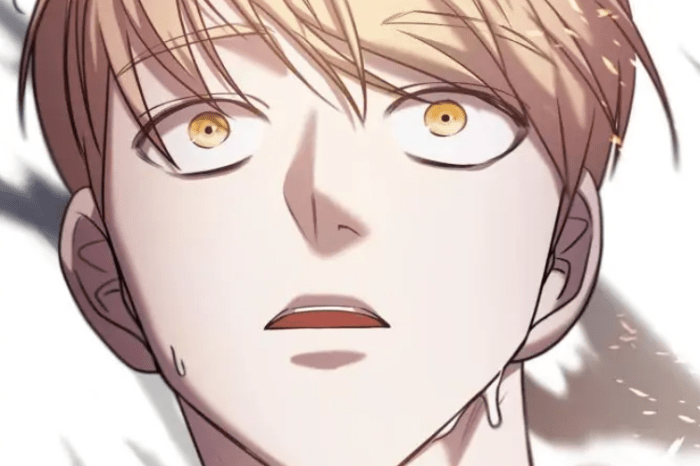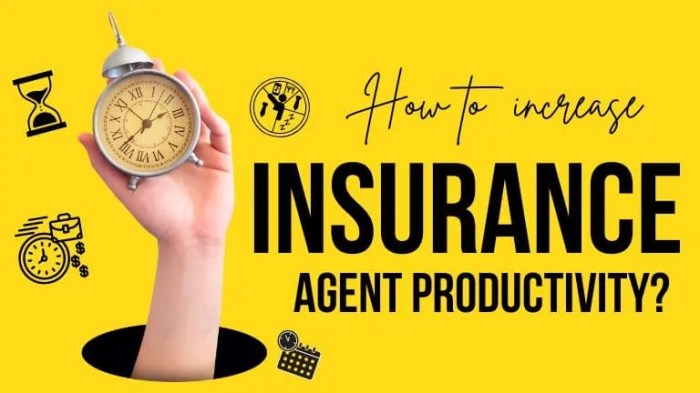
Step into the shadowy realm of villainy with How to Live as a Villain Ch 94, where we dissect the motivations, methods, and consequences of embracing the dark side. Join us as we delve into the protagonist’s descent into villainy, analyzing their tactics, impact on society, and potential for redemption.
Through a literary lens, we’ll explore the themes, motifs, and symbolism that shape this captivating chapter, drawing parallels to broader societal issues. Brace yourself for a thrilling journey into the depths of villainy, where morality is challenged, and the boundaries of right and wrong blur.
Villainous Motivations and Ideals
The protagonist’s descent into villainy is a complex journey driven by a confluence of factors. At its core lies a profound disillusionment with the established order, a belief that the world is fundamentally unjust and in need of radical transformation.
Their motivations are deeply rooted in a personal history marked by trauma and loss. The protagonist has witnessed firsthand the failures of society and the suffering it inflicts on the innocent. This has ignited within them a burning desire to challenge the status quo and create a world where justice and equality prevail.
Key Principles and Beliefs
- Rejection of Traditional Morality:The protagonist believes that conventional morality is a tool used by the powerful to oppress the weak. They embrace a nihilistic outlook, rejecting the concept of good and evil in favor of a pragmatic approach that prioritizes their own goals.
- Embrace of Power:The protagonist recognizes that power is the ultimate currency in a corrupt world. They seek to acquire power by any means necessary, believing that it is the only way to bring about meaningful change.
- Subversion of Order:The protagonist delights in disrupting the established order and causing chaos. They view chaos as a necessary catalyst for change, a way to break down the structures that perpetuate injustice.
Psychological Factors
The protagonist’s psychological makeup also plays a significant role in their descent into villainy. They exhibit traits of narcissism, a grandiose sense of self-importance, and a lack of empathy for others. These traits make them susceptible to manipulation and exploitation by those who seek to use their power for their own ends.
Methods of Villainy: How To Live As A Villain Ch 94

The protagonist of “How to Live as a Villain” employs a wide range of tactics and strategies to achieve their nefarious goals. These methods vary in their effectiveness, but all share a common goal: to undermine the hero and establish the protagonist as the dominant force in their world.
Deception and Manipulation
The protagonist frequently resorts to deception and manipulation to gain an advantage over their enemies. They spread rumors, forge alliances, and use their charisma to sway others to their cause. While these tactics can be effective in the short term, they often backfire when the truth is revealed.
To master the art of villainy, it’s essential to keep up with the latest chapters of “How to Live as a Villain.” In chapter 94, the protagonist’s cunning strategies and manipulative tactics will leave you in awe. Delve into how to live as a villain ch 94 to witness the protagonist’s rise to power and learn the secrets of becoming a true villain.
Force and Intimidation, How to live as a villain ch 94
When deception fails, the protagonist does not hesitate to resort to force and intimidation. They use their superior strength and resources to crush their opponents and instill fear in those who would dare to defy them. While this approach can be effective in the immediate term, it often alienates potential allies and creates a climate of mistrust and resentment.
Sabotage and Espionage
The protagonist also employs sabotage and espionage to disrupt their enemies’ plans and gather intelligence. They infiltrate enemy organizations, steal secrets, and sow discord among their ranks. These tactics can be highly effective in undermining the hero’s efforts, but they also carry significant risks.
Ethical Implications and Consequences
The protagonist’s methods of villainy have profound ethical implications. Their actions often cause harm to innocent bystanders and undermine the fabric of society. Their pursuit of power and dominance comes at a great cost, both to themselves and to those around them.
Impact on Society and the World
The protagonist’s villainous actions have far-reaching consequences that ripple through society and the world at large. The chaos and disruption they sow create social and political unrest, leaving lasting psychological scars on individuals.
For a more in-depth look at the strategies and tactics employed by villains, check out how to live as a villain ch 94 . This comprehensive guide delves into the mindset and motivations of villains, providing valuable insights into their cunning and manipulative nature.
By understanding the ways of villains, you can better prepare yourself to counter their schemes and protect yourself from their evil machinations.
Social Unrest
The villain’s actions disrupt the fabric of society, causing widespread fear and anxiety. Trust erodes as people question their safety and security. Communities become divided, as fear and mistrust breed suspicion and isolation.
Political Instability
The villain’s actions undermine political stability, weakening governments and institutions. Law and order break down, as the villain’s influence spreads through corruption and intimidation. This creates a power vacuum that can be exploited by other nefarious actors, leading to further chaos and instability.
Psychological Impact
The villain’s actions have a profound psychological impact on individuals. Constant exposure to violence and fear can lead to trauma, anxiety, and depression. The sense of safety and security that people once took for granted is shattered, leaving them feeling vulnerable and powerless.
Potential for Redemption or Reconciliation
Even amidst the chaos and destruction, there remains the potential for redemption or reconciliation. As the villain’s actions escalate, some may question their path and seek a way out of the darkness. Others may find themselves drawn to the villain’s cause, but eventually come to realize the true nature of their actions.
Character Development and Evolution

In Chapter 94, the protagonist’s transformation takes a significant turn. As they navigate the complexities of their newfound power and confront the consequences of their past actions, key moments of growth and regression emerge.
In “How to Live as a Villain” ch 94, the villainous antics continue unabated. However, even the most nefarious villains can suffer from dental woes. If your evil grin is marred by gum disease, don’t fret! Check out how to cure gum disease without a dentist . With these tips, you’ll be back to your villainous ways in no time, with a smile that will strike fear into the hearts of all who oppose you.
Influences on Choices
The protagonist’s choices are shaped by a myriad of factors, including their personal history, moral compass, and external pressures. The influence of their mentor, a seasoned villain, guides their actions while their own past mistakes weigh heavily on their conscience.
- Personal History:The protagonist’s traumatic past has left deep scars, shaping their worldview and motivating their desire for revenge.
- Moral Compass:Despite their villainous aspirations, the protagonist struggles with a sense of right and wrong, leading to moments of hesitation and doubt.
- External Pressures:The protagonist faces relentless pressure from both allies and enemies, forcing them to adapt and make difficult decisions.
Potential for Change or Redemption
As the story progresses, the protagonist’s potential for change remains uncertain. Their descent into villainy has brought them to a crossroads, where the possibility of redemption lingers.
- Internal Conflict:The protagonist’s inner struggle between their villainous ambitions and their desire for a better path creates a compelling dynamic.
- Influence of Others:The protagonist’s interactions with both villains and heroes could influence their trajectory, offering a glimmer of hope for redemption or further corruption.
- Consequences of Actions:The protagonist’s choices will have profound consequences, shaping their fate and the destiny of those around them.
Literary Analysis and Symbolism

The chapter is replete with symbolism and motifs that underscore the protagonist’s villainy and its broader implications for society.
The protagonist’s manipulation of others through fear and intimidation is symbolized by the imagery of a spider weaving its web. This motif highlights the protagonist’s predatory nature and their ability to ensnare their victims in a web of deceit.
Parallels between Protagonist’s Villainy and Societal Issues
The protagonist’s villainy serves as a microcosm of the broader societal issues that plague the world. The protagonist’s greed and ambition mirror the rampant consumerism and materialism that have corrupted society.
Furthermore, the protagonist’s disregard for the well-being of others parallels the growing apathy and indifference that characterize modern society. The chapter thus serves as a cautionary tale, warning of the dangers of unchecked ambition and the corrosive effects of societal ills.
End of Discussion
As we close the chapter on How to Live as a Villain Ch 94, we reflect on the protagonist’s transformative journey. Their descent into villainy has left an undeniable mark on society, sparking unrest and challenging our understanding of morality.
Yet, amidst the chaos, we glimpse the possibility of redemption, a flicker of hope that suggests even the darkest of souls can find a path to light.
Detailed FAQs
What drives the protagonist to embrace villainy?
The protagonist’s motivations are complex, rooted in personal trauma, a desire for power, and a disillusionment with society.
How effective are the protagonist’s methods in achieving their goals?
While the protagonist’s tactics may yield short-term gains, they ultimately sow chaos and alienation, undermining their long-term objectives.
What are the broader societal implications of the protagonist’s villainy?
The protagonist’s actions create social unrest, erode trust, and challenge the very foundations of society, leading to widespread fear and uncertainty.



